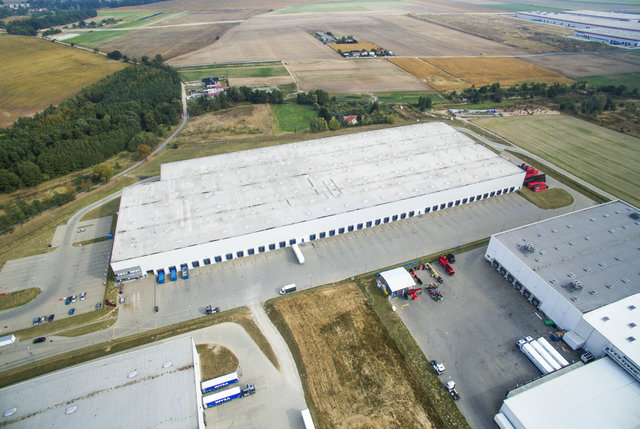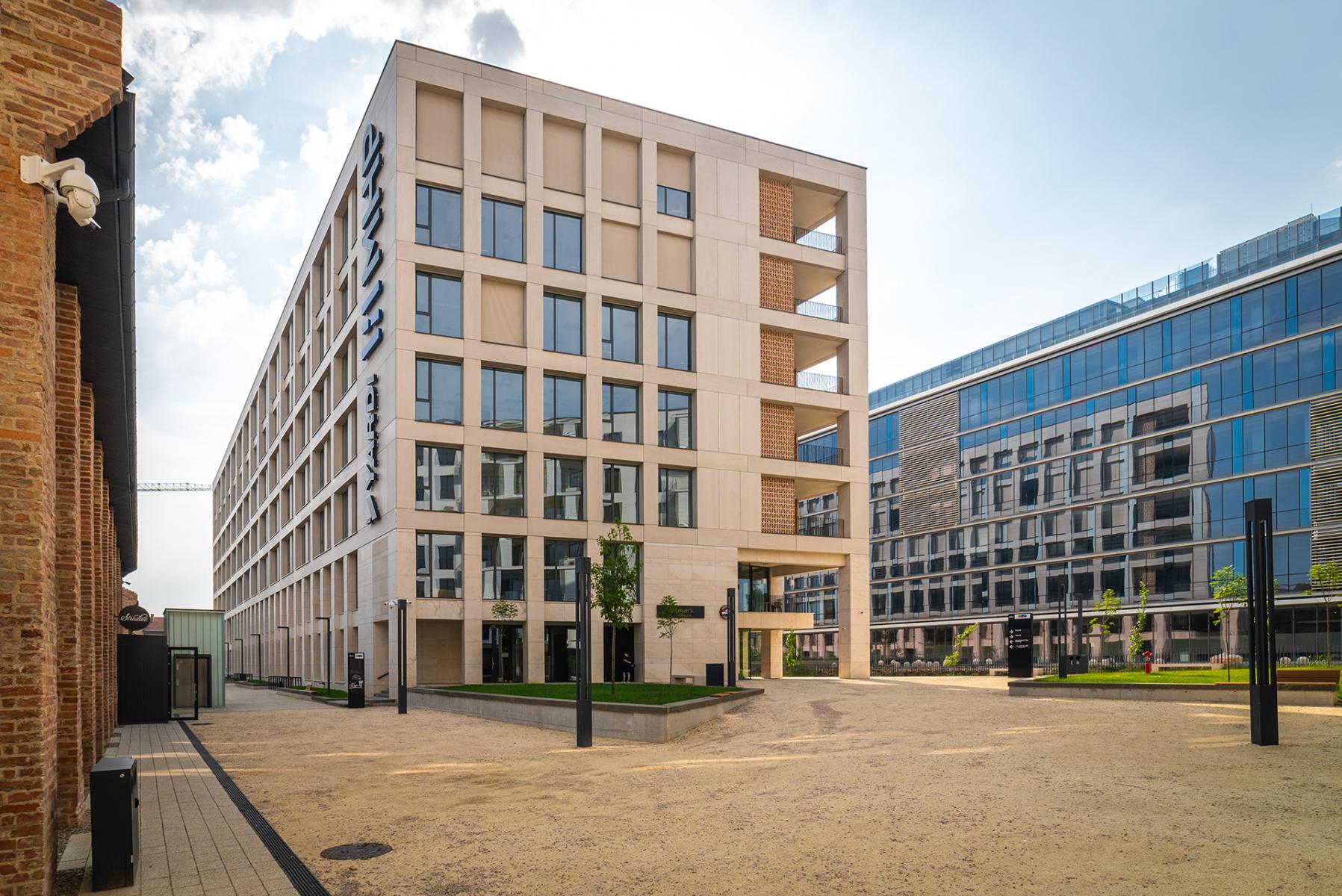CITY-LED PLAN CLEARS WAY FOR THE DEVELOPMENT OF VYSOCANY
The wheels of development in Prague's 9th district have been stuck for years now, blocked by an official ban on construction in its Vysocany neighborhood. As recently as this spring, there still were swarms of plans and ideas being discussed over what to do with the 250 ha swath of land located between Freya, Podebrada and Kolbena streets. While this may have frustrated some developers, it's looking as if the wait was worth it for Prague. The city has finally completed an exhaustive study of what must count as its largest brownfield development site and presented the conclusions. This official "opinion" on the shape of things to come is an immense step forward for the area, as it means that investors can begin to make realistic plans._x000D_
The city commissioned the crucial study to a consortium of architectural studios made up of Bomart, CASUA and AleS. It was their job to look at the broad problems and needs of the area, while taking into account the plans of some of its major investors, and to make a detailed proposal. The result is a significant leap of imagination that ignores the district's industrial past in an attempt to create conditions for an attractive zone dominated by housing and recreation._x000D_
LukaS VeliSek of the AleS studio sums up the thinking of the plan succinctly: "When you say Vysocany and Roktyka, everyone thinks of industrial factories. The main goal here is to change this image."_x000D_
Surprisingly enough, the first steps in unraveling this extremely complicated urban planning solution lead along something as seemingly insignificant a bike path. Deciding where to place this track became a crucial issue, though many assumed it would follow the path of the zone's most valuable natural resource, the Rokytka creek. While there's no pretending that an entire biosphere could be recreated by preventing the over-development of this small river, the authors of the study decided that to concentrate the recreation traffic of the entire zone along its banks would amount to no protection at all._x000D_
VeliSek points out that there could eventually be 40,000 people living and working in the vicinity. "The area around the Roktyka creek is long, but not wide, so it's quite fragile. I don't think it's possible to concentrate all the traffic from bikers, skaters and pedestrians on top of it." Ironically, a raised section of train track, one of the key pieces of infrastructure at this former industrial complex, will provide a workable alternative, with the three-kilometer path following that instead._x000D_
The city owns little of the land that's under discussion, which presents a host of logistical issues in realizing the plan. On the other hand, major property developers, who have a direct interest in reaching a solution, hold the majority of land. At stake, of course, are some of the city's major development plans. FINEP and IMOS are just two of the many companies with plans to build new residential schemes. Another of the big players in the area is CODECO, which went so far as to hold its own mini-planning competition for the possible uses of the area._x000D_
No investor stands to make a lot of money on land that's to be turned into a park, but there's no question that a green transformation of the Rokytka zone would raise property values of the entire area considerably. In addition, investors are likely to be interested in reaching a solution, as the city will be the one investing in the decontamination of the area and the construction of important services. "The city is prepared to invest significant funds into the preparation of infrastructure, like the construction of paths, clean-up and park maintenance," says VeliSek. "The whole discussion is about bringing together the interests of private investors with the public interest, which in this case means the bike path and environmental protection along the creek, which is in a ecologically stabilized area that allows the migration of plants and animals," he said._x000D_
There are some interesting details included in the city's study. One is the inclusion of a facility for playing rugby, which VeliSek says is based on an existing field used for the sport. Another idea is for the construction of a riding club for horse enthusiasts. Young families will likely appreciate the proposal to build a small zoo exhibiting the flora and fauna found in and around a typical Czech pond._x000D_
In addition to providing a pleasant setting for investors to build their projects in, the study also sets out how people would get to and from, as well as through the area. Along with the major roads that frame the development zone, the most important piece of transport infrastructure is the Kolbena metro station. It also recommends that two existing bridges crossing Freya and Podebrada, once used by trains, be made accessible for pedestrians. As these would make it possible for bikers and skaters to cross the busy roads, they would serve to make the paths far more attractive._x000D_
While it's a tourist haven that's growing in popularity, Prague ranks rather far down the list when it comes to providing places for its citizens to live. Urban planning like this, that allows attractive recreational and residential areas to develop, provides welcome relief from the standard fare of greenfield hypermarket and shopping mall construction.







 2021-08-10
2021-08-10
 2021-08-10
2021-08-10